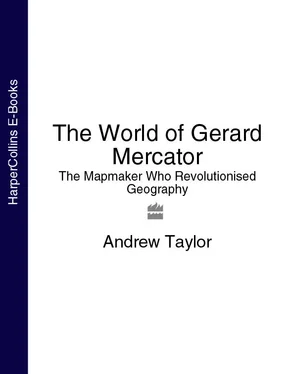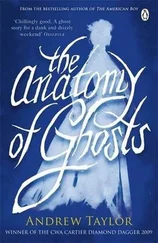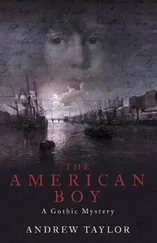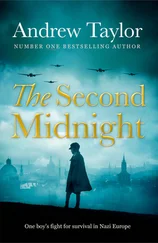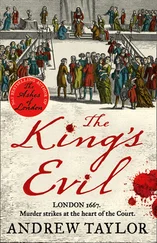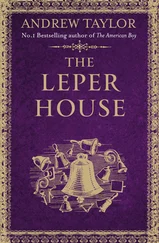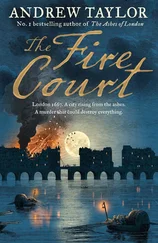Some years later, a by then noted traveler of the day looked back to record the scene in Grenada as Boabdil left. “On the second day of the month of January, I saw the royal banner of Your Highnesses raised by force of arms on the towers of the Alhambra, which is the fortress of the said city, and saw the Moorish king come to the gates of the said city and kiss the royal hands of Your Highnesses.” 5He could tell that he was witnessing one of history’s defining moments. This same traveler had several names during a seafaring life which took him from country to country in the west of Europe, seeking support and financial sponsorship to fulfill the dream that was to turn into the second great event of this annus mirabilis. To his Genoese parents, he was Cristoforo Colombo; to the Spanish who eventually supplied him with money and ships, he was Cristóbal Colón; and to English-speaking historians, he later became Christopher Columbus.
By comparison with the defeat of the Moors, his exploits in the Ocean Sea, the Atlantic, attracted little immediate attention; but they rendered Martin Behaim’s globe out of date almost before its paint was dry. Behaim’s masterpiece had not even been unveiled to the Nuremberg merchants in 1492, when on August 3 three small ships set sail from Palos de la Frontera in southern Spain on a secret mission to an unknown destination. Seventy days later, Columbus and the captains of his little fleet stood on the shore of an island he named San Salvador in honor of the Holy Savior he believed had blessed his voyage.
In theory, maintaining a course due west by keeping the Sun at a constant height in the sky was simple enough, but the voyage had tested contemporary seamanship and navigation to the limit. Columbus had found it impossible to record how far he was going, let alone log his course. In fact, the devious captain kept two logs, one to reassure the crew, by understating the distances the ship had traveled, and a second, secret one for his own use, which recorded how far he believed they had really gone. *Yet even his supposedly accurate private calculations of the expedition’s position were often wrong. His observations of flotsam, the behavior of birds and fishes, and the seaweed in the Sargasso Sea all seemed to indicate that the ship was coming close to land, but the helmsman failed to find bottom first with one plumb line, then with two tied together. The flotilla was still in deep water, far out at sea.
Navigation devices were notoriously untrustworthy, and the traditional astrolabe with which Columbus tried to take sightings of the Sun above the horizon was almost impossible to use accurately on the pitching and tossing deck of a ship. As the flotilla headed west into the unknown, even the compass seldom showed true north, and its increasing inaccuracy added considerably to the panic among his crew. “The pilots took the north, marking it, and they found that the needles declined north-west a full point, and the sailors were alarmed and depressed,” Columbus noted in his journal on September 17. 6Mariners had been aware for some time of the phenomenon of magnetic deviation – the way variations in the Earth’s magnetic field cause the compass needle to diverge from true north depending on the position of a vessel on the Earth’s surface – but they had no idea why or how it happened. The effect was much more pronounced as they headed west; even their instruments were betraying them. None of the old rules learned in years of sailing near to the coasts of Europe and Africa seemed to apply.
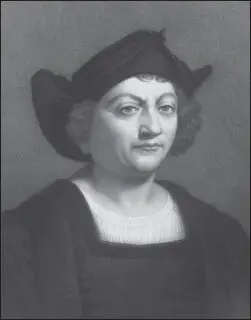
Christopher Columbus
Science Photo Library, London
The areas in which Columbus had complete and unquestioning faith proved to be even more deceptive. He was sailing with all the preconceptions of a medieval Christian – the same preoccupations as the creators of the outdated mappaemundi. Many of the maps he had consulted as he planned his journey not only showed the lands that the cartographer believed existed, but also related them to the faith of the Catholic Church; the Bible was as much a source of geography as Ptolemy or the accounts of ancient travelers. Their reports were woven together with biblical tradition, so that, for example, the Rivers Ganges, Nile, Tigris, and Euphrates were identified as the four rivers said by Genesis to flow from Paradise. None of the maps Columbus consulted gave any hint of a vast new continent over the horizon.
Columbus, a devout Catholic who believed that he was on a special mission from God, never saw any reason to doubt the authority of the Bible. The medieval mapmakers, on the impeccable authority of St. Augustine, had placed the earthly Paradise in the farthest east of Asia, and when in 1498, on the third of the four voyages he made across the Atlantic, he found freshwater, not salt, out at sea off the northeast coast of South America where the Orinoco River pours into the ocean, his mind was made up. He declared that he was approaching the four heavenly rivers. “I say that if this river does not originate in the Terrestrial Paradise, it comes and flows from a land of infinite size to the south, of which we have no knowledge as yet. But I am completely persuaded in my own mind that the Terrestrial Paradise is the place I have described,” he wrote to Ferdinand and Isabella. 7
Such a huge outpouring of freshwater could only come from a vast area of land, and he was convinced by this time that he had reached a stretch of the mainland that had never before been discovered by Europeans. His argument was faultless, but his conclusion was wrong. The Bible had said nothing about a great and unknown continent to the west, and Columbus found it easier to believe that he was approaching the gates of Paradise than that he was standing at the threshold of a new world.
He had the same misconceptions about the world as Martin Behaim, although there is no evidence that they ever met or corresponded. “This is the island of Cipangu of which so many marvellous tales are told,” Columbus declared confidently in his journal, as he sailed northwest from San Salvador to Cuba. “On the globes which I have seen, and on the drawings of mappamondes , it is in this region.” 8It is still there on Behaim’s globe. Halfway across the great Ocean Sea is shown St. Brendan’s Island, *the “Promised Land of the Saints” that fascinated generations of mapmakers, and about the same distance farther on, the island of Cipangu, or Japan, with its temples and palaces of gold. Between them the globe shows nothing but sea.
In planning his original voyage, Columbus relied heavily on the mistaken observations of Marco Polo, who had reached the court of Kublai khan by traveling overland through Asia more than two hundred years before, but had exaggerated the distance he had covered. Columbus’s logic was faultless – the longer the journey by land to the east, the shorter the route by sea to the west – and it led him to underestimate the circumference of the world by about 25 percent.
Once he left the well-charted waters east of the Canary Islands, he had guidance, and probably a roughly drawn map, from a Florentine physician, astronomer, and geographer named Paolo Toscanelli dal Pozzo. Toscanelli, like Columbus, had studied the travels of Marco Polo, and had a thorough knowledge of the writings of Ptolemy. He had talked to European travelers to India and the Far East, and also to at least one ambassador from India who had visited Pope Eugenius in Rome. All his researches led him to the conclusion that the landmass of Europe and Asia spread across nearly two-thirds of the globe, so that the western route across the ocean to Asia could cover no more than 130 degrees of longitude. If Ptolemy’s estimate of 500 miles for each degree was correct, the journey to the land of the great khan should have been no more than 6,500 miles. †
Читать дальше
